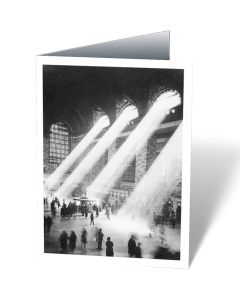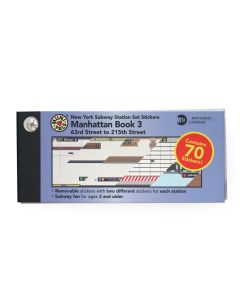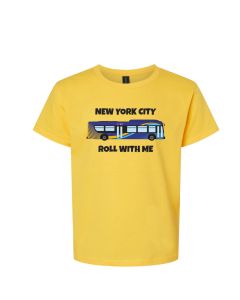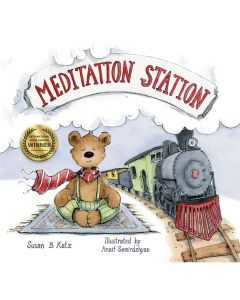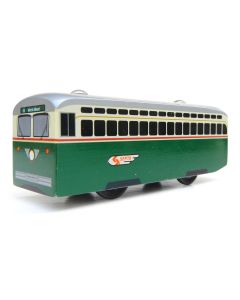Main image
Click to view image in fullscreen
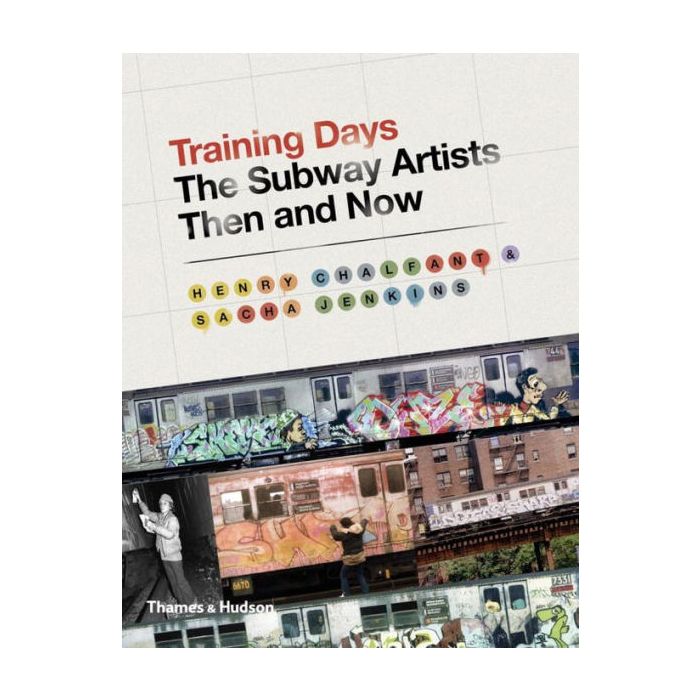
![]()

Training Days Subway Artists Then and Now Book
Authentic first–person accounts from the graffiti artists whose creative genius fueled the movement from its beginning in late 1970s and early 1980s New York
Late 1970s New York City was bankrupt and its streets dirty and dangerous. But thecity had a wild, raw energy that made it the crucible for the birth of rap culture and graffiti. Graffiti writers worked in extremely tough conditions: uncollected garbage, darkness, cramped spaces, and the constant threat of police raids, assault by security staff and attacks by rival crews. It was not unlike practicing performance art in a war zone. Yet during the fertile years of the late 1970s and 1980s they evolved their art from stylized signatures to full-blown Technicolor dreamscapes. Henry Chalfant created panoramic images of painted trains by photographing overlapping shots along the train’s length. It took time to earn the writers’ trust andrespect, but Chalfant became their revered confidant and with Tony Silver went on to produce the classic documentary film Style Wars (1983). Through a series of interviews conducted by Sacha Jenkins, we hear the voices of these characters of old New York. Quite a few of the original writers are no longer with us, but those who have survived have continued to push the envelope as artists and individuals in a new millennium.The stories they tell, included here alongside iconic, raw photographs of their work, will enthrall graffiti fans everywhere.
Late 1970s New York City was bankrupt and its streets dirty and dangerous. But thecity had a wild, raw energy that made it the crucible for the birth of rap culture and graffiti. Graffiti writers worked in extremely tough conditions: uncollected garbage, darkness, cramped spaces, and the constant threat of police raids, assault by security staff and attacks by rival crews. It was not unlike practicing performance art in a war zone. Yet during the fertile years of the late 1970s and 1980s they evolved their art from stylized signatures to full-blown Technicolor dreamscapes. Henry Chalfant created panoramic images of painted trains by photographing overlapping shots along the train’s length. It took time to earn the writers’ trust andrespect, but Chalfant became their revered confidant and with Tony Silver went on to produce the classic documentary film Style Wars (1983). Through a series of interviews conducted by Sacha Jenkins, we hear the voices of these characters of old New York. Quite a few of the original writers are no longer with us, but those who have survived have continued to push the envelope as artists and individuals in a new millennium.The stories they tell, included here alongside iconic, raw photographs of their work, will enthrall graffiti fans everywhere.
In stock
SKU
1-5716
$19.95
Description / Training Days Subway Artists Then and Now Book
Authentic first–person accounts from the graffiti artists whose creative genius fueled the movement from its beginning in late 1970s and early 1980s New York
Late 1970s New York City was bankrupt and its streets dirty and dangerous. But thecity had a wild, raw energy that made it the crucible for the birth of rap culture and graffiti. Graffiti writers worked in extremely tough conditions: uncollected garbage, darkness, cramped spaces, and the constant threat of police raids, assault by security staff and attacks by rival crews. It was not unlike practicing performance art in a war zone. Yet during the fertile years of the late 1970s and 1980s they evolved their art from stylized signatures to full-blown Technicolor dreamscapes. Henry Chalfant created panoramic images of painted trains by photographing overlapping shots along the train’s length. It took time to earn the writers’ trust andrespect, but Chalfant became their revered confidant and with Tony Silver went on to produce the classic documentary film Style Wars (1983). Through a series of interviews conducted by Sacha Jenkins, we hear the voices of these characters of old New York. Quite a few of the original writers are no longer with us, but those who have survived have continued to push the envelope as artists and individuals in a new millennium.The stories they tell, included here alongside iconic, raw photographs of their work, will enthrall graffiti fans everywhere.
Late 1970s New York City was bankrupt and its streets dirty and dangerous. But thecity had a wild, raw energy that made it the crucible for the birth of rap culture and graffiti. Graffiti writers worked in extremely tough conditions: uncollected garbage, darkness, cramped spaces, and the constant threat of police raids, assault by security staff and attacks by rival crews. It was not unlike practicing performance art in a war zone. Yet during the fertile years of the late 1970s and 1980s they evolved their art from stylized signatures to full-blown Technicolor dreamscapes. Henry Chalfant created panoramic images of painted trains by photographing overlapping shots along the train’s length. It took time to earn the writers’ trust andrespect, but Chalfant became their revered confidant and with Tony Silver went on to produce the classic documentary film Style Wars (1983). Through a series of interviews conducted by Sacha Jenkins, we hear the voices of these characters of old New York. Quite a few of the original writers are no longer with us, but those who have survived have continued to push the envelope as artists and individuals in a new millennium.The stories they tell, included here alongside iconic, raw photographs of their work, will enthrall graffiti fans everywhere.
What's The Story
| Initiated in 1985, the MTA Arts & Design collection of public art now encompasses more than 250 projects, creating a dynamic underground museum of contemporary art that spans the entire city and its immediate environs. Since the program was founded, a diverse group of artists including Elizabeth Murray, Faith Ringgold, Eric Fischl, Romare Bearden, Acconci Studio, and many others has created works in mosaic, terra-cotta, bronze, and glass for the stations of the New York City Subways and Buses, Metro-North Railroad, Long Island Rail Road, and Bridges and Tunnels. |
